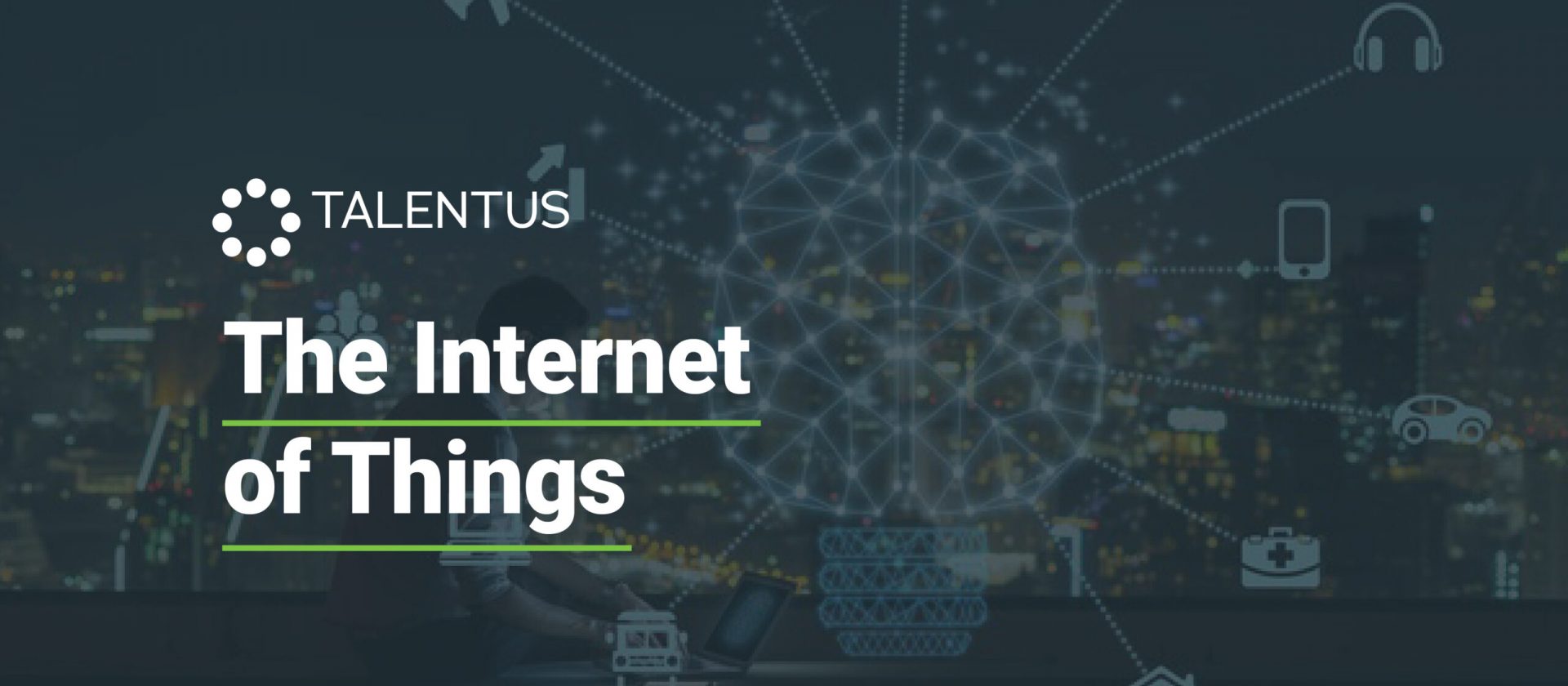The Internet of Things (IoT) has rapidly emerged as a new technological paradigm that is rapidly transforming the way we live, work, and interact with the world around us. IoT refers to a network of connected devices and sensors that can collect and exchange data with each other over the internet, enabling them to operate more intelligently and efficiently.
From smart homes and wearable fitness trackers to autonomous vehicles and industrial automation systems, IoT devices are changing the way we perceive and interact with technology. As more and more devices are connected to the internet, the potential benefits of IoT are becoming increasingly evident across a wide range of industries, from healthcare and transportation to manufacturing and retail.
One of the key benefits of IoT is improved efficiency and productivity. By connecting devices and systems, businesses can streamline their operations, automate routine tasks, and reduce waste and errors. For example, sensors can be used to monitor energy usage in buildings, allowing companies to identify areas where energy is being wasted and take corrective action. Similarly, in manufacturing, IoT-enabled machines can communicate with each other and with central systems to optimize production and minimize downtime.
Another major advantage of IoT is the ability to collect and analyze vast amounts of data. By collecting data from connected devices and sensors, companies can gain insights into customer behavior, market trends, and operational performance. This data can be used to make more informed decisions, develop new products and services, and improve customer experiences. For example, retailers can use IoT data to track customer preferences and purchase histories, enabling them to offer more personalized recommendations and promotions.
IoT is also transforming the healthcare industry, where connected devices are being used to monitor patients’ health remotely and improve outcomes. Wearable fitness trackers and health monitors can collect data on patients’ vital signs and activity levels, alerting healthcare providers to potential issues before they become serious. Similarly, IoT-enabled medical devices can communicate with each other and with healthcare providers, allowing for more accurate diagnoses and treatments.
However, the widespread adoption of IoT also raises important concerns around data privacy and security. As more devices are connected to the internet, the risk of data breaches and cyberattacks increases. Companies must take steps to secure their IoT networks and devices, including implementing strong encryption and authentication measures and regularly updating software and firmware.
In conclusion, the Internet of Things is revolutionizing the way we interact with technology and changing the face of business and society. By enabling connected devices to collect and exchange data, IoT is improving efficiency, productivity, and customer experiences across a range of industries. However, the adoption of IoT also requires careful consideration of data privacy and security, as the potential risks of cyberattacks and data breaches cannot be ignored.
